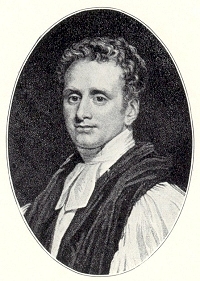
Reginald Heber (1783-1826)
Reginald Heber (1783-1826) HPD nº 125 Em nosso hinário se encontra da autoria de Reginald Heber (em1826) um hino baseado em Isaías 6,1-8: Santo, santo, santo! Deus onipotente! Cantam de
 Página inicial
Página inicial
 Conheça a IECLB
Conheça a IECLB
 Nossas atividades
Nossas atividades
 Rede de recursos
Rede de recursos
 Central de serviços
Central de serviços
 Cursos e eventos
Cursos e eventos
 Devoção e culto
Devoção e culto
 Notícias e mais
Notícias e mais
Clique em “Ver mais” para ter a visão geral ou acesse diretamente os conteúdos através dos links abaixo.
Ver maisConheça as ênfases e atividades realizadas na Igreja Evangélica de Confissão Luterana no Brasil (IECLB).
Ver maisTenha acesso a conteúdos por temas e âmbitos de trabalho da Igreja Evangélica de Confissão Luterana no Brasil (IECLB).
Ver maisAcesse serviços e documentos da Igreja Evangélica de Confissão Luterana no Brasil (IECLB).
Ver maisConfira os eventos e os cursos oferecidos pela Igreja Evangélica de Confissão Luterana no Brasil (IECLB).
Ver maisFortaleça a fé com as Senhas Diárias, as Meditações Diárias e o Culto Nacional Online.
Ver maisFique por dentro do que acontece na Igreja Evangélica de Confissão Luterana no Brasil (IECLB).
Ver mais
Reginald Heber (1783-1826) HPD nº 125 Em nosso hinário se encontra da autoria de Reginald Heber (em1826) um hino baseado em Isaías 6,1-8: Santo, santo, santo! Deus onipotente! Cantam de

Heinrich August Hoffmann von Fallersleben (1798-1874) HPD nº 211,2 Fonte: de.wikipedia.org Nasceu: 02 de abril de 1798 em Fallersleben, Baixa Saxônia (Alemanha) Faleceu: 19 de janeiro de 1874 em Corvey,

Thomas Ken (1637-1711) HPD nº 259 Nasceu em julho de 1637, Little Berkhampstead, Hertfordshire, Inglaterra. Faleceu: 19 de março de 1711, Longleat, Wiltshire, Inglaterra. Enterrado: Frome, Somerset, Inglaterra. Thomas Ken
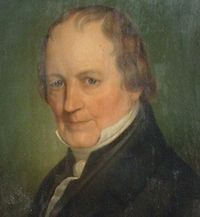
Friedrich Adolf Krummacher (1767-1845) – HPD nº 102 Nasceu: 13 de julho de 1767 em Tecklenburg, Renânia do Norte, Alemanha Faleceu: 4 de abril de 1845 em Bremen. Friedrich Adolf
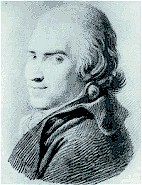
Johannes Daniel Falk (1768-1826) HPD nº 29 Nasceu: 28 de outubro de 1768, Danzig (agora Gdansk), Polônia. Faleceu: 14 de fevereiro de 1826, Weimar, Alemanha. Sepultado: Alten Friedhof, Weimar, Alemanha.

Ignaz Franz (1719-1790) HPD nº 243 Nasceu: 12 de outubro de 1719, Protzau, próximo de Frankenstein, (Silesia). Faleceu: 19 de agosto de 1790, Breslau (Silesia). Padre católico romano, Franz é
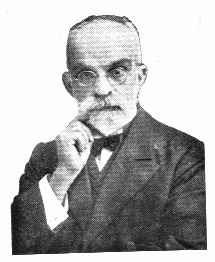
João Gomes da Rocha (1861-1947) HPD nº 125 Nasceu: 14 de março de 1861 em Rio de Janeiro. Faleceu: 11 de julho de 1947 em Londres, Inglaterra. João era filho

Johann Heermann (1585-1647) HPD nº 42, 47, 48, 66, 103, 151, 290 Johann Heermann, autor de hinos e de literatura edificante. Nasceu: 11 de outubro de 1585, Raudten (perto de

Richard Holden (1828-1886) HPD nº 306 Richard Holden foi um dos pioneiros missionários do Protestantismo no Brasil. Nasceu em 1828 em Dundee, na Escócia. Faleceu: janeiro de 1886 em Lisboa,
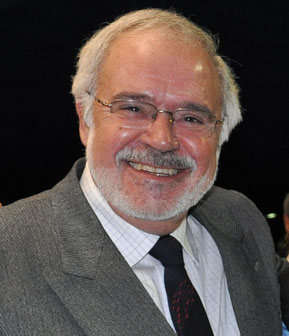
Nelson Kirst (*1941) HPD nº 141, 324, P. Dr. Nelson Kirst , teólogo brasileiro e professor de liturgia na IECLB. Nasceu: 19 de dezembro de 1941, em Estrela/RS Estudou na

Friedrich Adolf Lampe (1683-1729) HPD nº 179 Nasceu dia 18 (ou 19) de fevereiro de 1683 em Detmold, Alemanha. Faleceu dia 8 de dezembro de 1729 em Bremen. Friedrich Adolf

Christian David (1691-1751) HPD nº 92 DAVID, Christian, co-fundador de Herrnhut e pioneiro dos Irmãos Morávios. Nasceu 21 de dezembro de 1691 em Senftleben, próximo de Neutitschein (Moravia) , Batizado
Todas as notícias
Lorem ipsum dolor sit amet, consectetur adipiscing elit, sed do eiusmod tempor incididunt ut labore et dolore magna aliqua. Ut enim ad minim veniam, quis nostrud exercitation ullamco laboris nisi ut aliquip ex ea commodo consequat. Duis aute irure dolor in reprehenderit in voluptate velit esse cillum dolore eu fugiat nulla pariatur. Excepteur sint occaecat cupidatat non proident, sunt in culpa qui officia deserunt mollit anim id est laborum.

